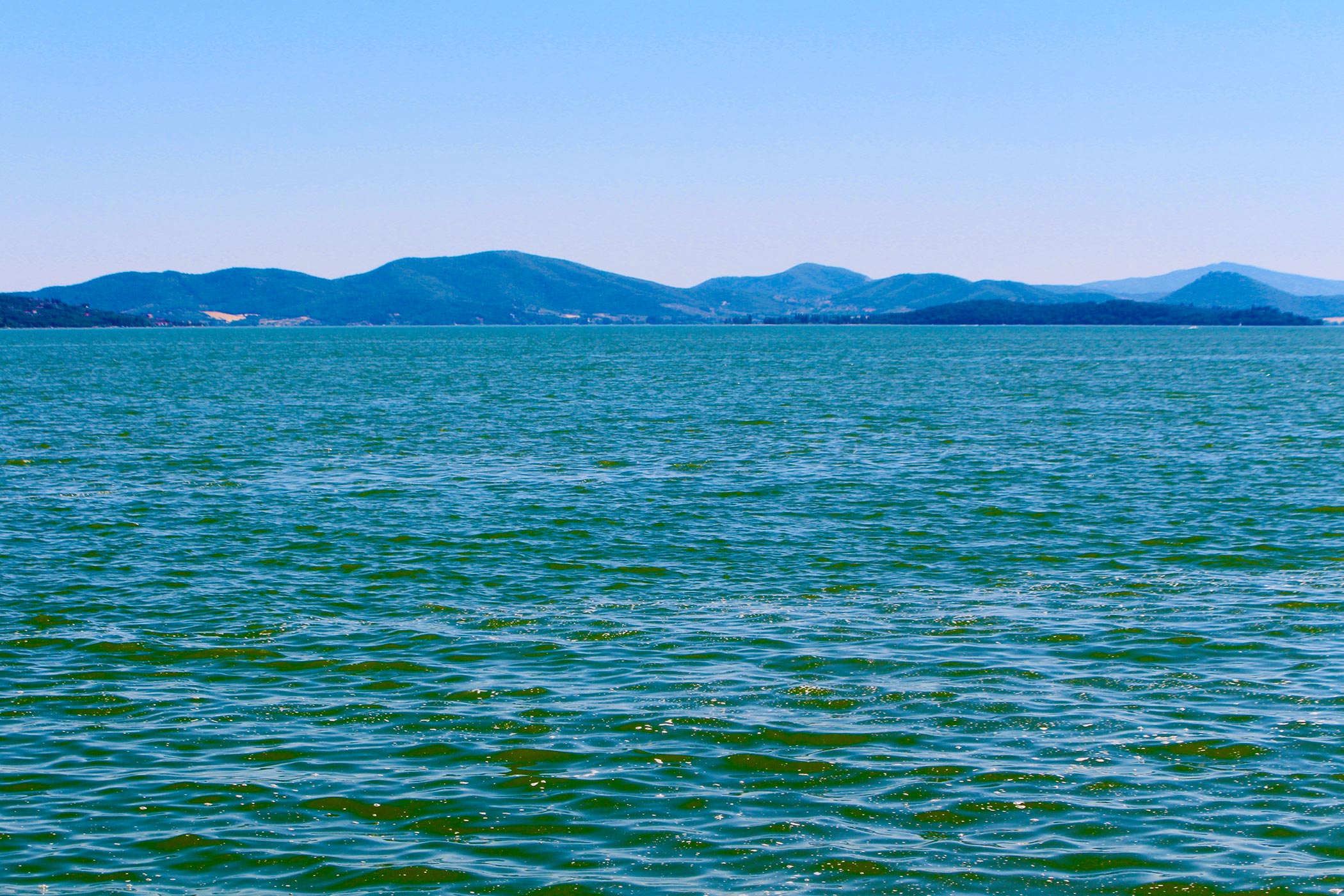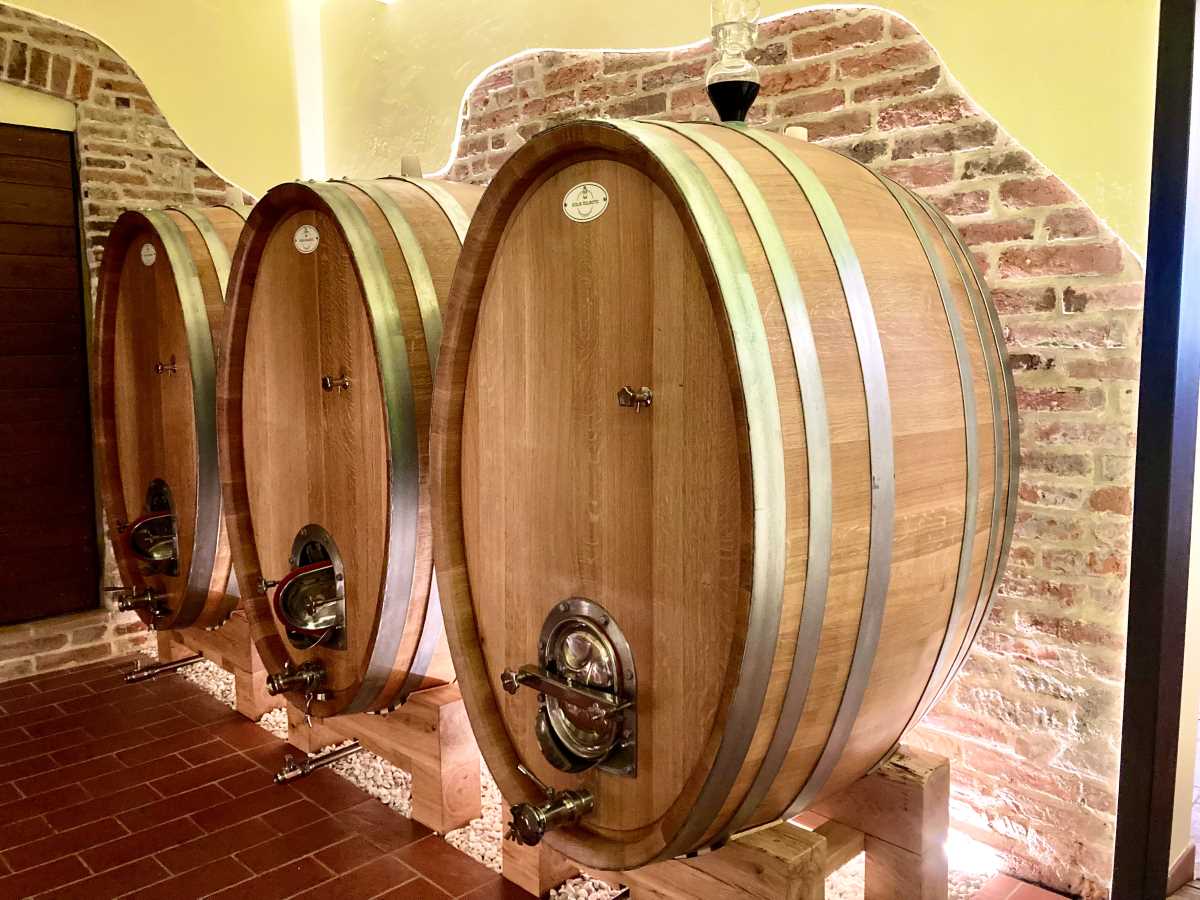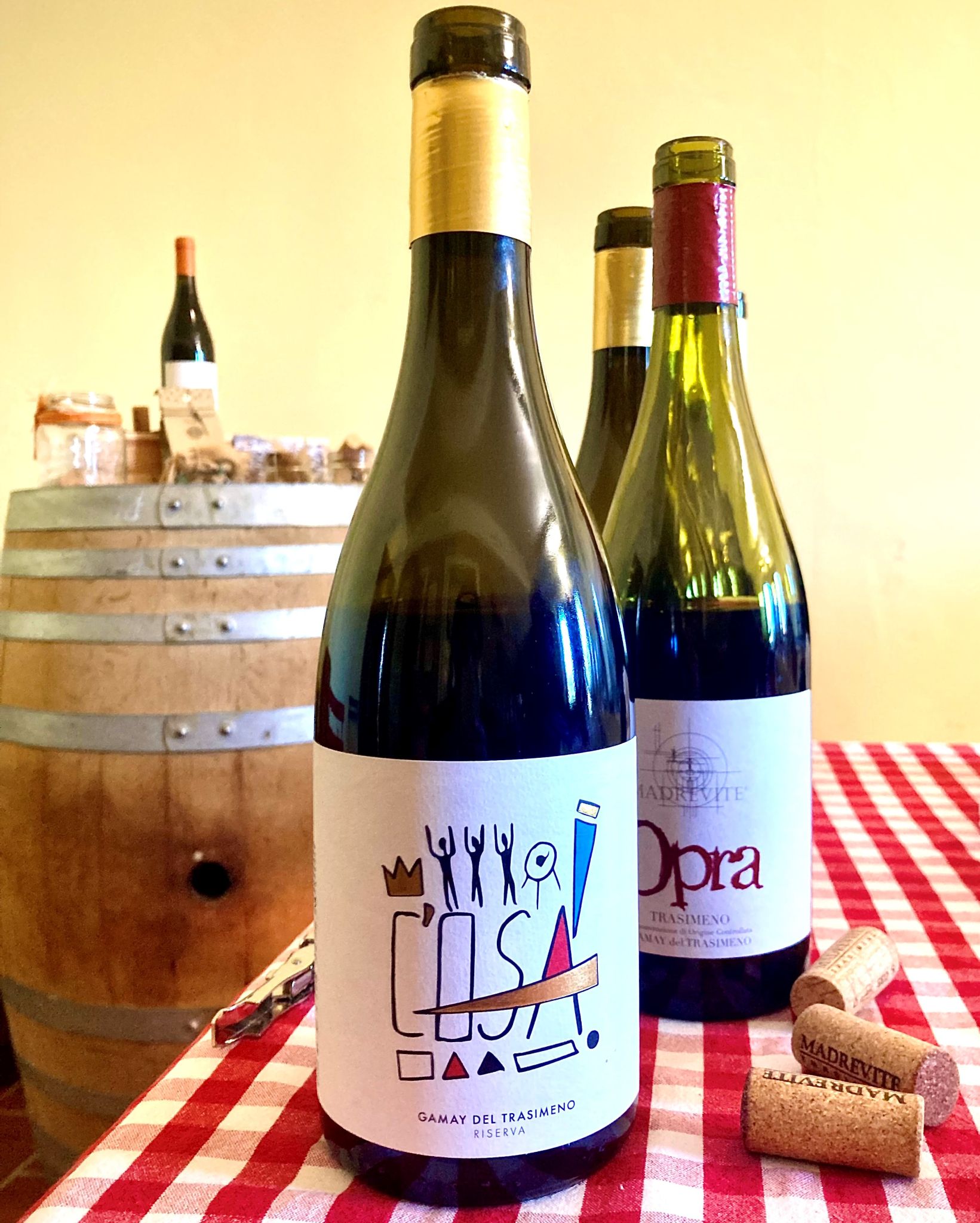
Madrevite – The Gamay on the lake of time
There is a new temporal stage in the journey of Grenache to Italy but above all a wine that shows a possible future for Trasimeno.
We have written it several times here too, fascinated by a variety that distills the characters of the Mediterranean in the glass, declining them on various fronts, but it is worth returning to the thread of the discussion. The Italian tour of the grenache passes through the hills around Trasimeno, in Umbria, even if the name that has been given to it is misleading: Gamay. Even the great Veronelli fell into misunderstanding. Speaking of the wine of a certain Miscio Solismo, a winemaker from Castiglione del Lago, in the Gioiella area, he writes about the 1997 vintage that it is the same “gamay that gives red grapes for Beaujolais, from the French region of the same name”.
An understandable mistake, at the time, and a name that does not help to communicate a variety and a traditional wine today. But so it is and we might as well look forward, perhaps trying to understand what happened. Many trace the cultivation of Grenache back to the Spanish domination of the 1600s, following the peace of Cateau-Cambrésis. The Duchess Eleonora Mendozza, marrying Fulvio Alessandro della Corgna, the last lord of Castiglione del Lago, seems to have brought the vines from Spain as a dowry. A bit like Sardinian shepherds did between the late 1800s and early 1900s (cannonau = grenache), settling in large numbers on Trasimeno after passing through the Maremma.
A tangle from which the winemakers of the lake of the last twenty years seemed to want to keep away, except to change their minds because of the need to anchor their wines to some local variety. If the majority shareholder is the Duca della Corgna cooperative, which has been on the move for years and struggling with new and ambitious experiments, the bar has been raised by a small artisan company called Madrevite.
Vineyards and winery in the border area, in Cimbano, where Lake Chiusi, Montepulciano, Val di Chiana, Cortona and Trasimeno are within reach. The “Chiusi perugino”, as the elderly call it, once a brand between the Papacy and the Grand Duchy, where pici, nana and Tuscan flavors are eaten.

But let’s go back to the vineyard. The highest one, 340 meters above sea level, was planted in ’78 and is home to different varieties, in the manner of the past. These include gamay – grenache, of course, which today occupies 2 hectares. The cellar is tiny but well-kept; Nicola Chiucchiurlotto oversees it, explaining its evolution and goals. This is how it is done with Gamay C’Osa. The company’s symbolic label provides for spontaneous vinification with 20-30% of whole bunches, depending on the vintage, and 6-10 days of maceration on the skins. So concrete, large barrel and bottle.

Nicola claims that the stalks give vitality to the wines. He seems to be right, so much so that the last year marks a significant leap forward. C’Osa 2019 is magnificent for its originality and grace. Different from the previous versions, on the aromatic level it forgoes something in terms of fruit to gain undergrowth and bark, berries and roots shades. Bright, balsamic and with a kind of electric vein, it has a sinuous, very tasty silhouette, with a hint of carob and a finish of dried mint.
Far from many Grenache tasted, especially from the more open, fleshy and aromatic ones, it seems to indicate a very intriguing way for the lake territory. After all, this is a Gamay from Trasimeno or, better still, a Trasimeno Gamay.




Post a Comment